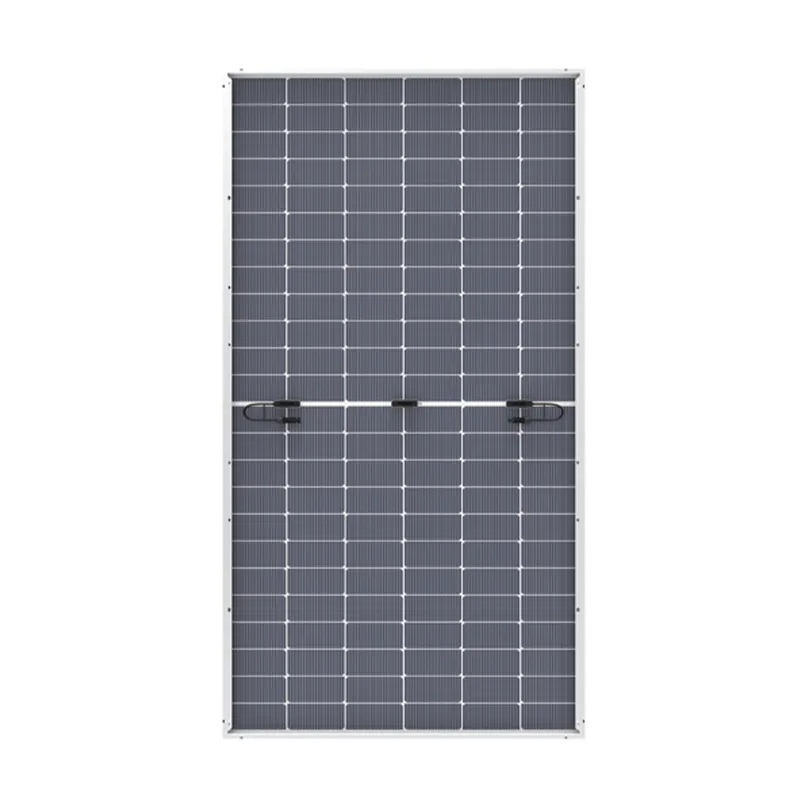Optimizing Solar Power Efficiency with Advanced Tracking Techniques
Understanding MPPT Maximizing Power in Renewable Energy Systems
Maximum Power Point Tracking (MPPT) is a crucial technology in the field of renewable energy, particularly in photovoltaic (PV) solar power systems. As the demand for renewable energy sources continues to rise, understanding and implementing MPPT strategies can significantly enhance the efficiency and effectiveness of solar energy conversion.
At its core, MPPT is an algorithm or technique employed in solar inverters to ensure that the maximum possible power is extracted from solar panels, irrespective of varying environmental conditions. Solar panels produce power that varies with sunlight intensity, temperature, and shading. These factors create fluctuations in the voltage and current output of the solar cells, meaning that the power generated may not always be at its peak. This is where MPPT comes into play.
.
There are various algorithms for implementing MPPT, with some of the most widely used including Perturb and Observe (P&O), Incremental Conductance (IncCond), and Constant Voltage (CV). Each method has its advantages and limitations. For instance, the P&O method is relatively simple and widely used due to its straightforward implementation. However, it can struggle under rapidly changing atmospheric conditions or shading, potentially leading to oscillations around the maximum power point rather than settling at it. On the other hand, the Incremental Conductance method provides better performance under such conditions but can be more complex to implement.
mppt

The efficiency of solar energy systems can be dramatically improved through effective MPPT. Reports highlight that systems equipped with MPPT technology can achieve power conversion efficiencies of 95% or more, compared to 80-85% for systems without MPPT. This higher efficiency translates directly into increased energy output, which is a significant advantage in economic terms, especially as the primary goal of any solar energy installation is to maximize energy generation while minimizing costs.
Moreover, the integration of MPPT technology is not limited to solar power. It can also be applied to other renewable energy sources, such as wind turbines and hydroelectric systems. In these contexts, MPPT helps ensure optimal energy extraction from fluctuating wind speeds or water flow rates, similarly adapting to changing conditions to maintain peak energy production.
In recent years, advancements in microcontroller technology and machine learning have enhanced MPPT algorithms, allowing for even more sophisticated tracking methods. Smart algorithms can predict environmental changes based on historical data and adjust their approach proactively rather than reactively, leading to improvements in efficiency and reliability.
As the global focus shifts towards sustainable energy solutions, the role of technologies like MPPT becomes even more critical. With the looming challenges of climate change and resource depletion, optimizing our energy resources through innovative solutions like MPPT is essential. The adoption of MPPT technology not only improves the viability of solar energy as a mainstream power source but also contributes to the overall reduction of greenhouse gas emissions.
In conclusion, Maximum Power Point Tracking is a pivotal technology in harnessing the full potential of renewable energy systems. By maximizing energy extraction from solar panels and other renewable resources, MPPT enhances the efficiency of energy conversion processes. As technology continues to evolve, the implementation of advanced MPPT strategies will play an essential role in driving the transition towards a more sustainable and energy-efficient future. Embracing such technologies is vital if we aim to meet the growing energy demands while safeguarding our planet for future generations.
-
Unlocking Energy Freedom with the Off Grid Solar InverterNewsJun.06,2025
-
Unlock More Solar Power with a High-Efficiency Bifacial Solar PanelNewsJun.06,2025
-
Power Your Future with High-Efficiency Monocrystalline Solar PanelsNewsJun.06,2025
-
Next-Gen Solar Power Starts with Micro Solar InvertersNewsJun.06,2025
-
Harnessing Peak Efficiency with the On Grid Solar InverterNewsJun.06,2025
-
Discover Unmatched Efficiency with the Latest String Solar InverterNewsJun.06,2025







